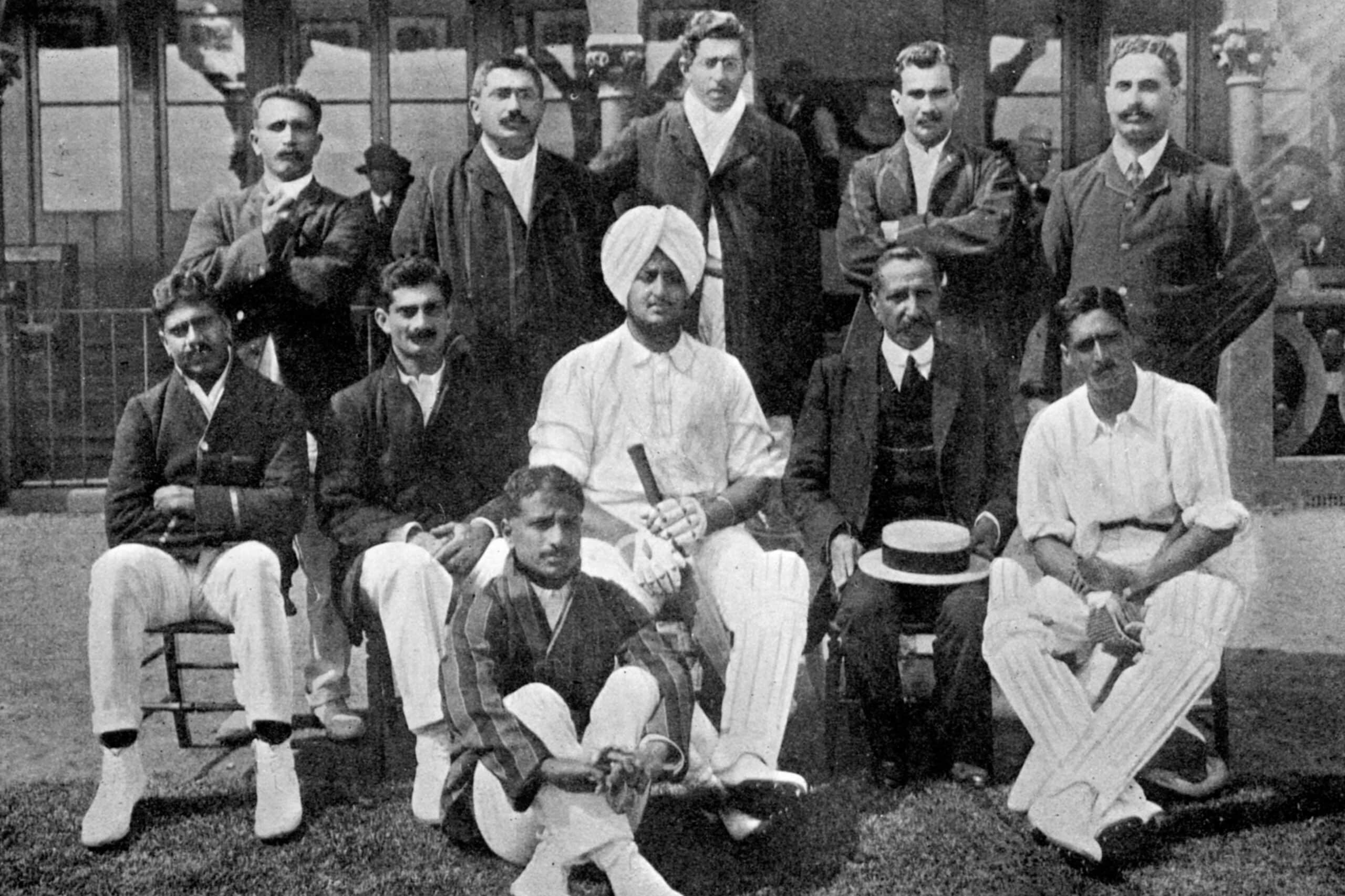Exploring India’s Historic First Tour of England: A Look Back

In 1911, an all-Indian cricket team embarked on a historic journey to England, marking the nation’s first cricket tour of the British Empire. Led by the young Maharaja Bhupinder Singh of Patiala, the team faced numerous challenges, including inclement weather and the formidable skills of seasoned English players. Despite a mixed record of six wins and fifteen losses from twenty-three first-class matches, the tour was significant for its representation of India’s diversity and a burgeoning national identity through cricket.
## The Team and Its Leadership
The 1911 Indian cricket team was a remarkable assembly of talent that reflected the country’s rich cultural tapestry. At the forefront was Maharaja Bhupinder Singh of Patiala, who, at just 19 years old, had the honor of captaincy. However, his participation was cut short due to illness and royal duties, leaving the spotlight to Palwankar Baloo. Baloo, a Dalit cricketer, emerged as a pivotal figure on the field, showcasing exceptional skill as a left-arm spinner. He claimed over 100 wickets during the tour, earning the respect of English journalists and cementing his legacy as a trailblazer in Indian cricket history.
The diverse makeup of the team included Parsis, Hindus, Muslims, and Sikhs, all playing side by side at a time when such unity was rare. This collaboration was not only a cricketing feat but also a symbolic gesture of hope and togetherness for a nation in struggle. The spirit of camaraderie and shared goals on the cricket pitch transcended the political climate of the era, fostering a collective dream among Indians.
## Tour Highlights and Challenges
The 1911 tour consisted of twenty-three first-class matches, and while the statistics showed a challenging record, the experience was invaluable. The team faced not only the skill of English players but also the harsh realities of playing in unfamiliar conditions, including cold weather and damp pitches. Matches against counties such as Leicestershire and Yorkshire were monumental, as each game represented a challenge to colonial perceptions.
Despite their struggles, the Indian players displayed resilience and determination. Baloo’s performance was particularly noteworthy, as he consistently troubled the opposition with his spin bowling. However, the team’s batting lineup encountered difficulties against the moving ball, with notable contributions from players like S. Colah and J. Mistry, yet overall, they struggled on the green wickets of England.
## Legacy of the 1911 Tour
Though often overshadowed by subsequent achievements in Indian cricket, the 1911 tour laid the groundwork for the future of the sport in India. It served as a catalyst for the country’s cricketing journey, eventually leading to India’s first Test match in 1932. The tour’s significance is underscored by the fact that it allowed eleven Indian players to don their whites on the grand stage of cricket, marking the beginning of a long and illustrious journey.
The mixed results of the tour did not diminish the players’ status back home; they became heroes in the eyes of the Indian public. The tour’s impact was felt beyond cricket, as it symbolized the potential for Indian unity and pride in the face of colonialism. As cricket evolved in India over the decades, the spirit of that summer in 1911 continued to inspire generations of cricketers and fans alike, eventually leading India to dominate the cricketing world in the 21st century.
Observer Voice is the one stop site for National, International news, Sports, Editor’s Choice, Art/culture contents, Quotes and much more. We also cover historical contents. Historical contents includes World History, Indian History, and what happened today. The website also covers Entertainment across the India and World.

